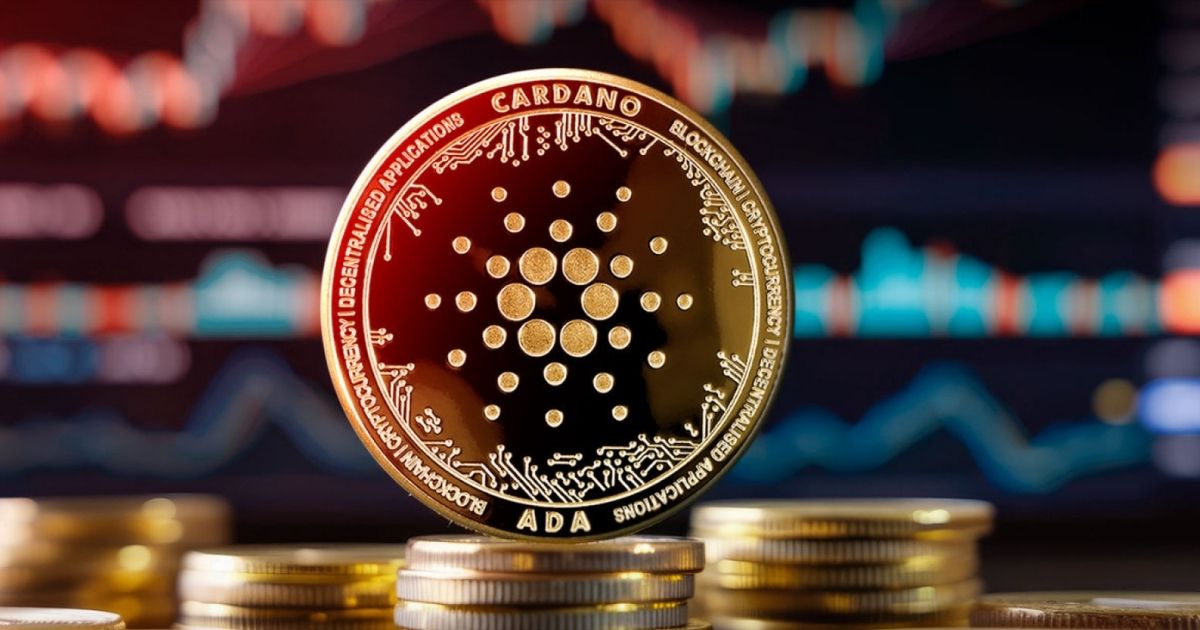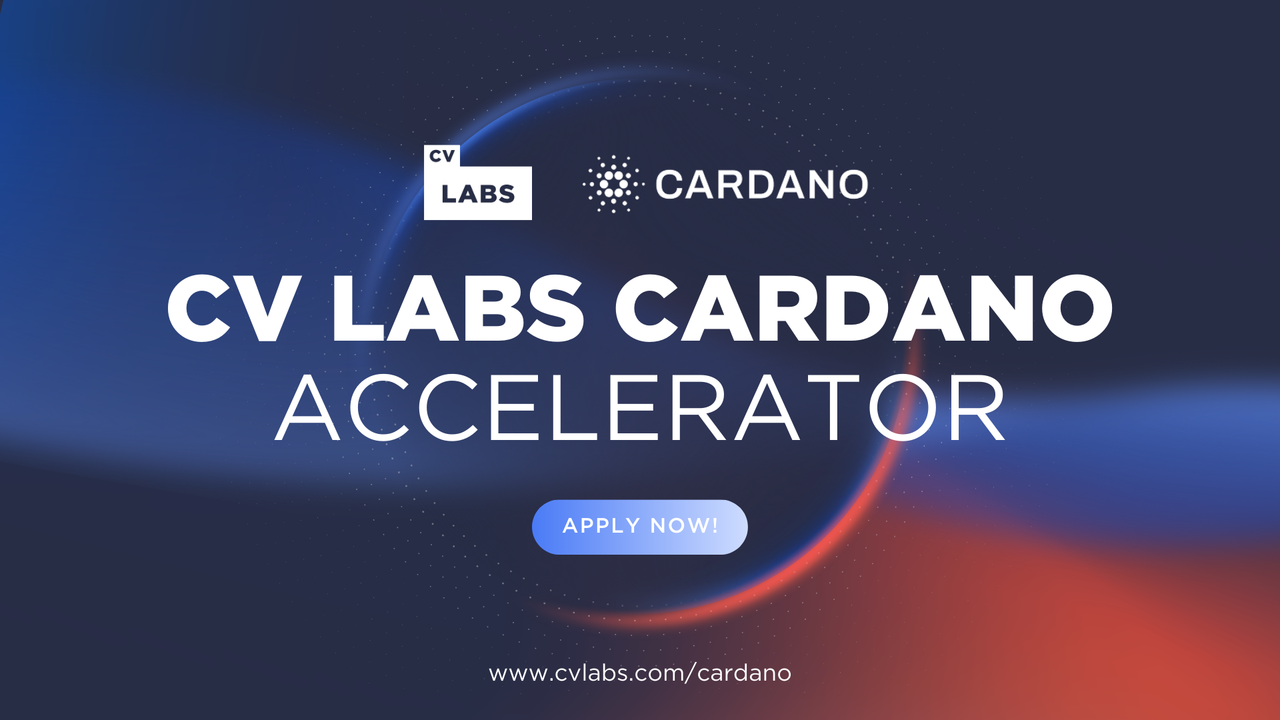Cardano’s Community Governance: What the Voltaire Era Means for ADA Holders
Cardano’s journey toward full decentralization reached a defining moment in 2025 with the official activation of the Voltaire era. As part of its long-term roadmap, the Voltaire phase introduces community-led...

Cardano’s journey toward full decentralization reached a defining moment in 2025 with the official activation of the Voltaire era. As part of its long-term roadmap, the Voltaire phase introduces community-led governance, giving ADA holders direct control over the protocol’s evolution.
This shift is not merely symbolic—it redefines how Cardano operates, funds innovation, and engages with its global ecosystem. The implications are massive for ADA investors, developers, and users. Let’s break down what this governance transition means and why it’s set to reshape the blockchain’s future.
What Is the Voltaire Era?
The Voltaire era marks the final stage of Cardano’s development roadmap, following earlier eras focused on foundation (Byron), decentralization (Shelley), smart contracts (Goguen), and scaling (Basho).
Now, in the Voltaire phase, Cardano becomes a self-sustaining system by:
- Enabling on-chain governance, where every ADA holder can vote on proposals
- Establishing a treasury system funded by transaction fees and staking rewards
- Creating delegated representatives (DReps) to carry out community decisions
- Hosting binding votes on project funding, protocol upgrades, and network rules
This model ensures Cardano will no longer rely on Input Output Global (IOG), Emurgo, or the Cardano Foundation for decision-making. Instead, the community will collectively drive the ecosystem forward.
Read Also: Cardano Surprises Traders as ADA Price Rises 11% Amid Sell-Off
How Does Cardano’s Governance System Work?
Under the governance structure introduced in CIP-1694, Cardano uses a three-tier model involving:
- ADA Holders
Anyone holding ADA can register to vote on governance actions, including funding proposals, technical changes, or policy updates. - Delegated Representatives (DReps)
ADA holders can delegate voting power to DReps—community members representing their interests in governance decisions. - Constitutional Committee
A rotating committee ensures that proposals follow constitutional rules and maintain system integrity during the early stages of governance rollout.
All proposals and voting processes occur on-chain, ensuring transparency and verifiability. This allows stakeholders to shape everything from technical updates to funding for community-led initiatives.
Why Community Governance Matters Now
Cardano’s shift to community governance comes when regulatory scrutiny and centralized control are hot topics in the crypto industry. By putting decision-making power into the hands of ADA holders, Cardano:
- Increases decentralization in a meaningful, practical way
- Mitigates reliance on central teams or founders
- Unlocks new use cases for DAO-like coordination, funding, and innovation
- Empowering local communities to build based on regional or sector-specific needs
Additionally, the treasury system already holds over $1 billion in ADA, which the community can now allocate through transparent, democratic votes.
Implications for ADA Holders
This new governance system brings significant benefits and responsibilities for ADA holders:
- Active Participation: Holding ADA now comes with voting power that directly affects Cardano’s future
- Funding Control: Users can support or reject proposals for community grants, tool development, and infrastructure upgrades
- Governance Rewards: In future iterations, voters and DReps may earn rewards for participating in governance processes
- Protocol Stability: With decentralized decision-making in place, Cardano can evolve without dependence on a single entity
For long-term investors, this system guarantees that Cardano is building a resilient, decentralized foundation that can adapt to emerging challenges and opportunities.
What’s Next in the Voltaire Era?
In Q2 2025, Cardano will conduct its first large-scale community vote to ratify its 2025 vision. The proposal outlines priorities such as scaling, interoperability, governance maturity, and ecosystem funding.
If approved, this vote will serve as a blueprint for future development and demonstrate the power of decentralized governance in action.
Additionally, the Cardano Constitution Convention, set for later in the year, will allow global community members to draft a guiding document for how Cardano should govern itself—further embedding democratic principles into the protocol’s DNA.
Final Thoughts
The Voltaire era is more than just a phase—it’s Cardano’s next evolution. By handing the reins over to its community, the network sets a powerful example of how decentralization should work. Cardano is turning theory into action with on-chain voting, treasury management, and community leadership.
This is not a moment to watch from the sidelines for ADA holders. It’s a call to participate, vote, and shape the direction of one of the world’s most methodical and ambitious blockchain projects.

Delegate Your Voting Power to FEED DRep in Cardano Governance.
DRep ID: drep12ukt4ctzmtf6l5rj76cddgf3dvuy0lfz7uky08jfvgr9ugaapz4 | We are driven to register as a DRep by our deep dedication to the Cardano ecosystem and our aspiration to take an active role in its development, ensuring that its progress stays true to the principles of decentralization, security, and community empowerment.DELEGATE VOTING POWER!









